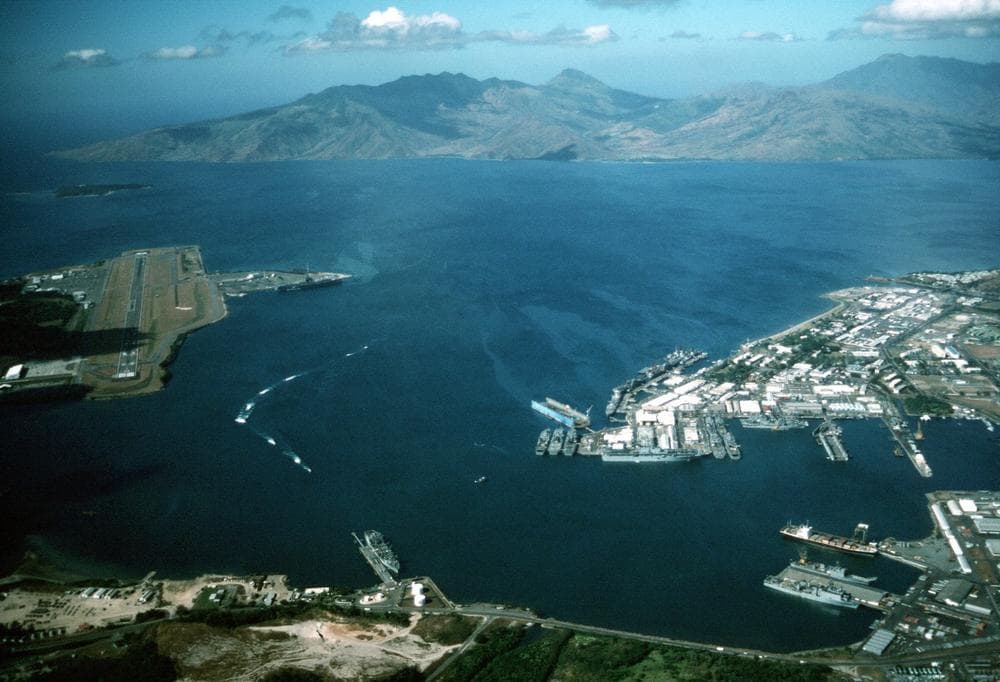Advertisement
U.S.-Philippines Relations On A Reset
Resume
Just before Typhoon Haiyan hit, the U.S. and Philippines were in the midst of two serious discussions: new access to Subic Bay for the U.S. Navy, and the inclusion of the Philippines in a major new trade agreement.
Relations between the U.S. and Philippines have improved in the last couple of years, in part because of increasingly aggressive actions by China in the South China Sea, including a Chinese boat docking on the Scarborough Shoal, which is claimed by at least three nations in the region.
The U.S. and Philippines have been negotiating over granting more docking and storage rights for the U.S. military at Subic Bay. Subic Bay is a key strategic location in the region, offering an anchorage that is sheltered and in deep water. The U.S. had a Naval Base there until 1992.
The two nations have also been talking about including the Philippines in negotiations over the Trans-Pacific Strategic Economic Partnership Agreement, a new free trade agreement being worked out among the U.S., Canada, Mexico, Peru, Australia, Brunei, Chile, Japan, Malaysia, Singapore and Vietnam.
Murray Hiebert, South East Asia expert at the Center for Strategic and International Studies, joins Here & Now's Meghna Chakrabarti.
Guest
- Murray Hiebert, South East Asia expert at the Center for Strategic and International Studies. He tweets @MurrayHiebert1.
This segment aired on November 14, 2013.